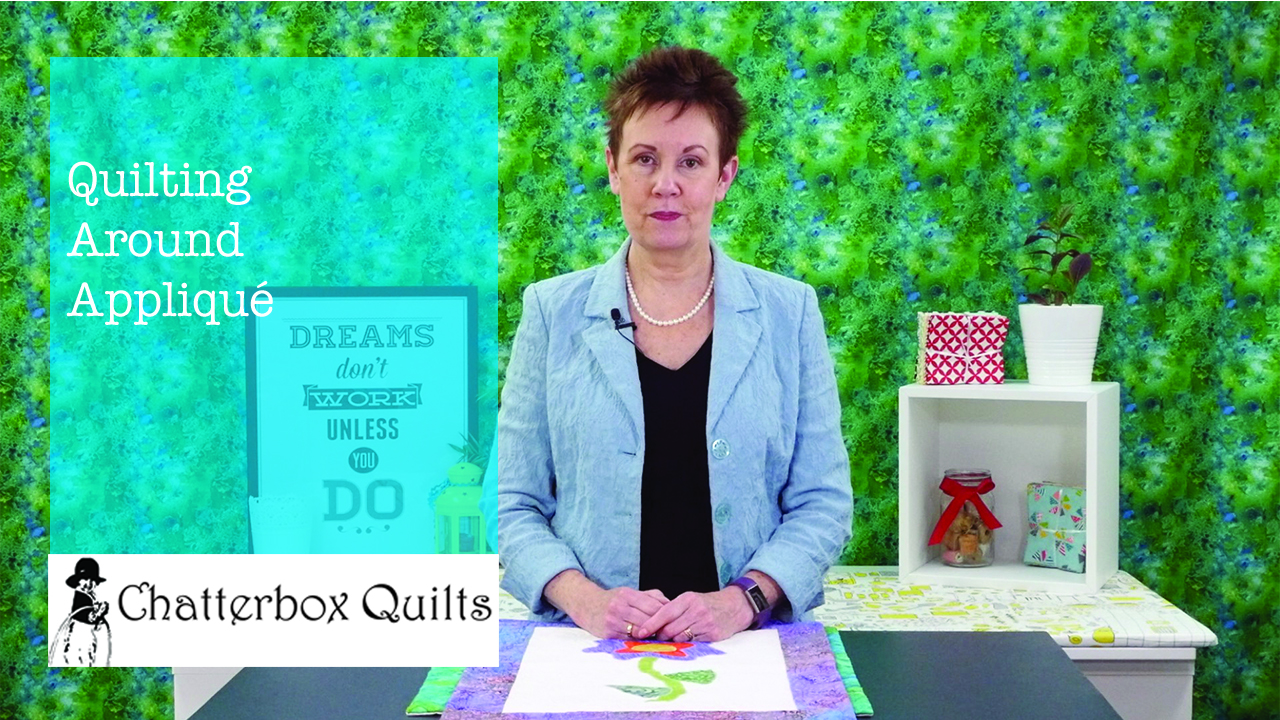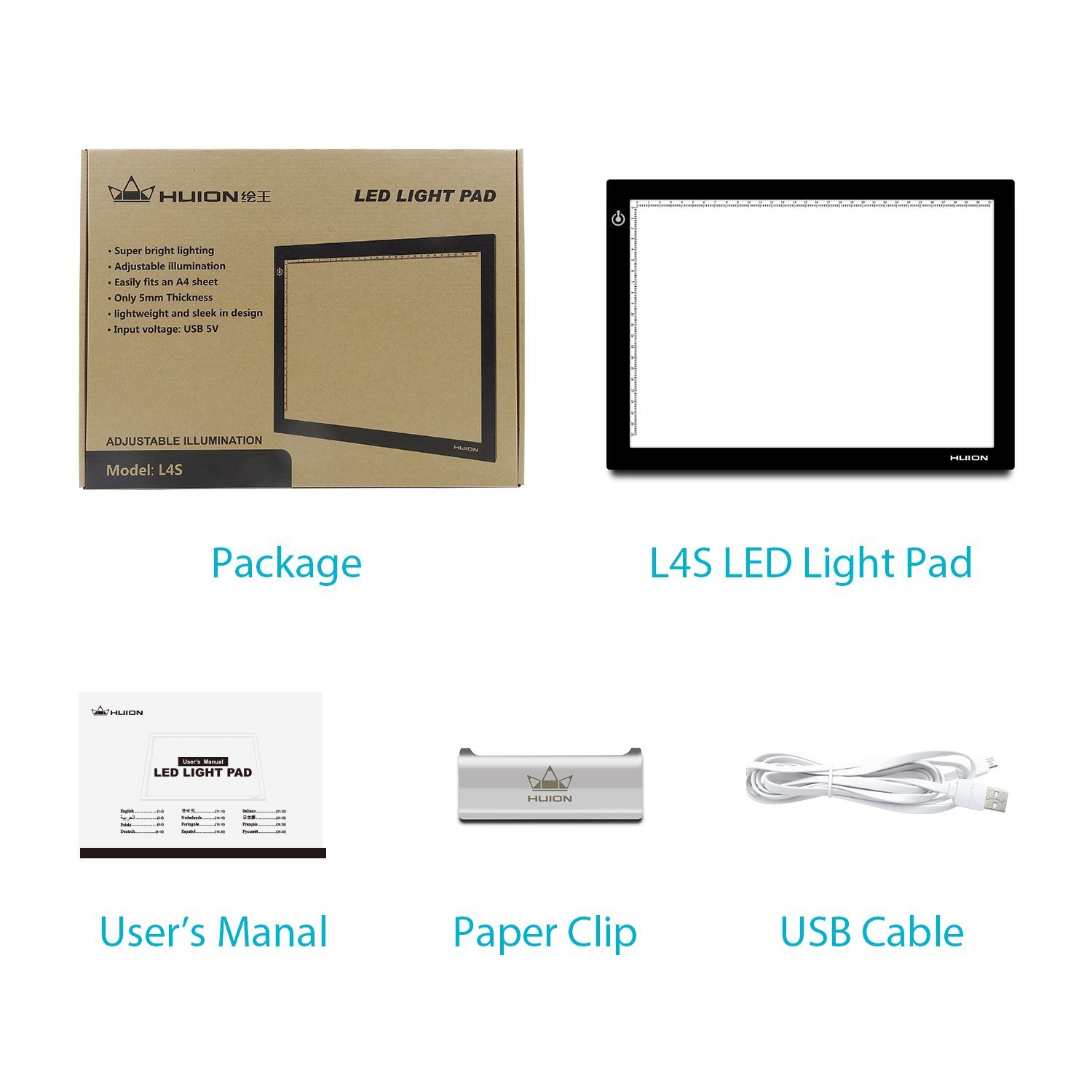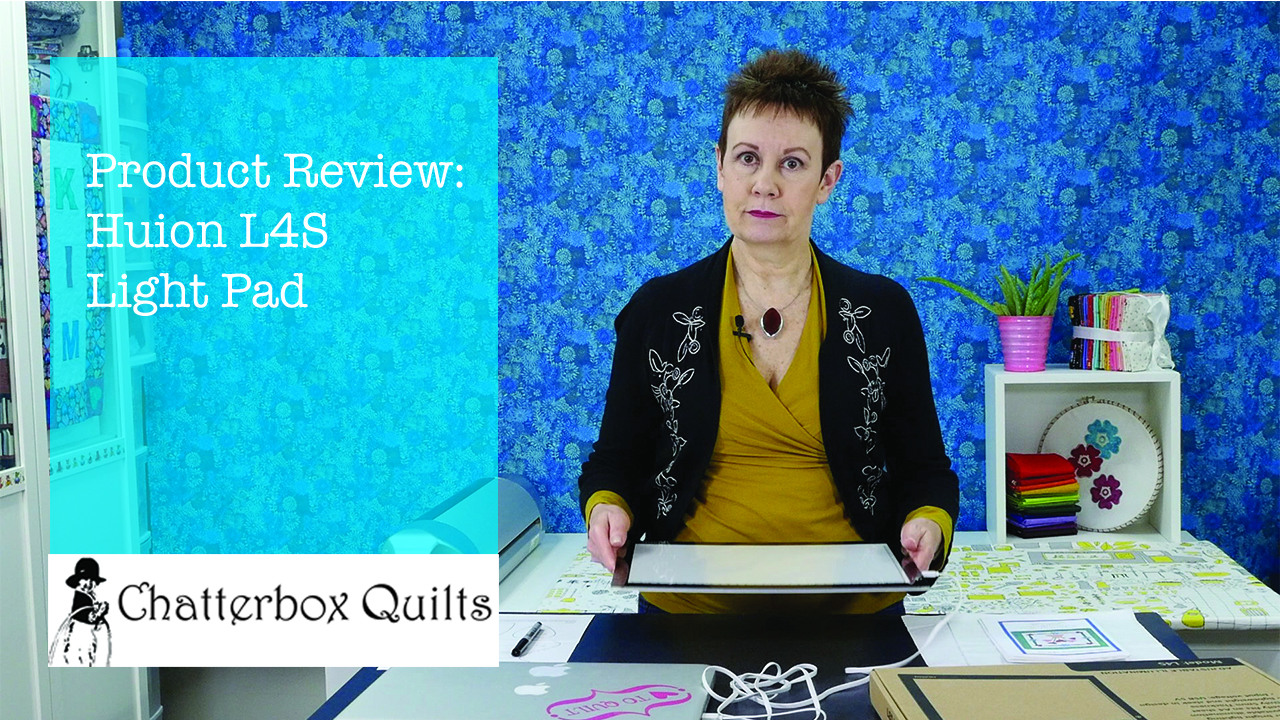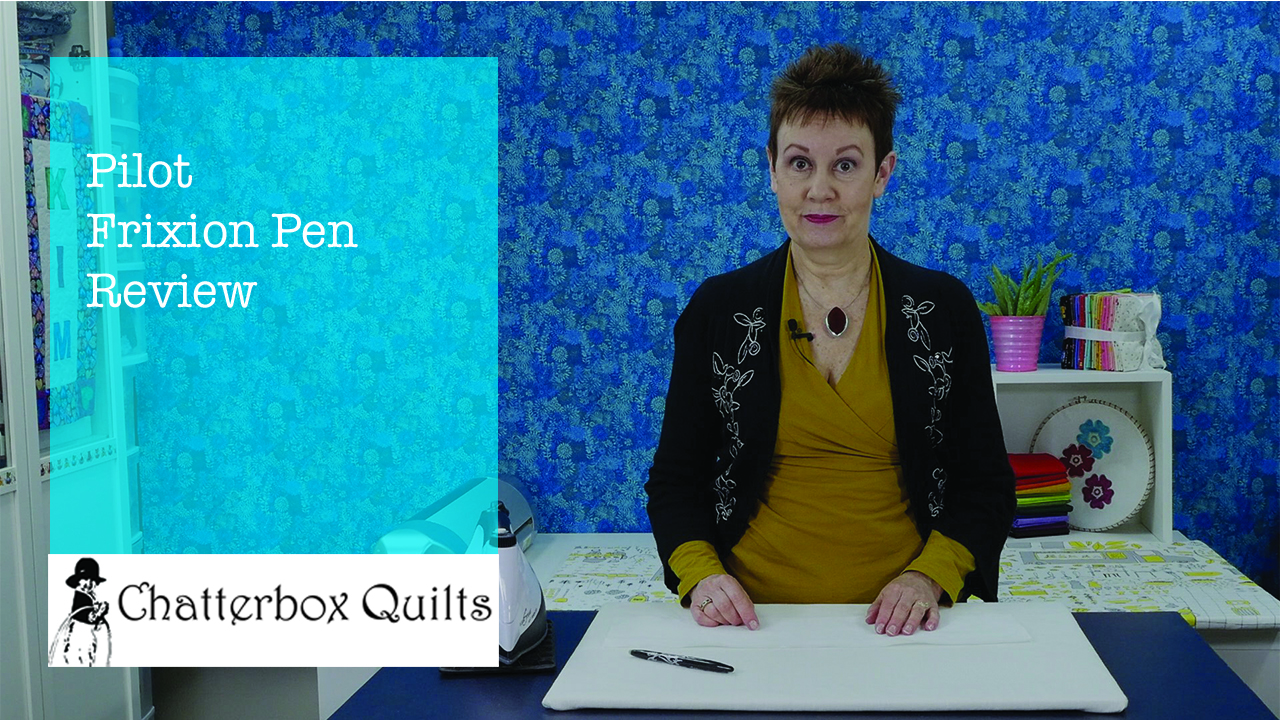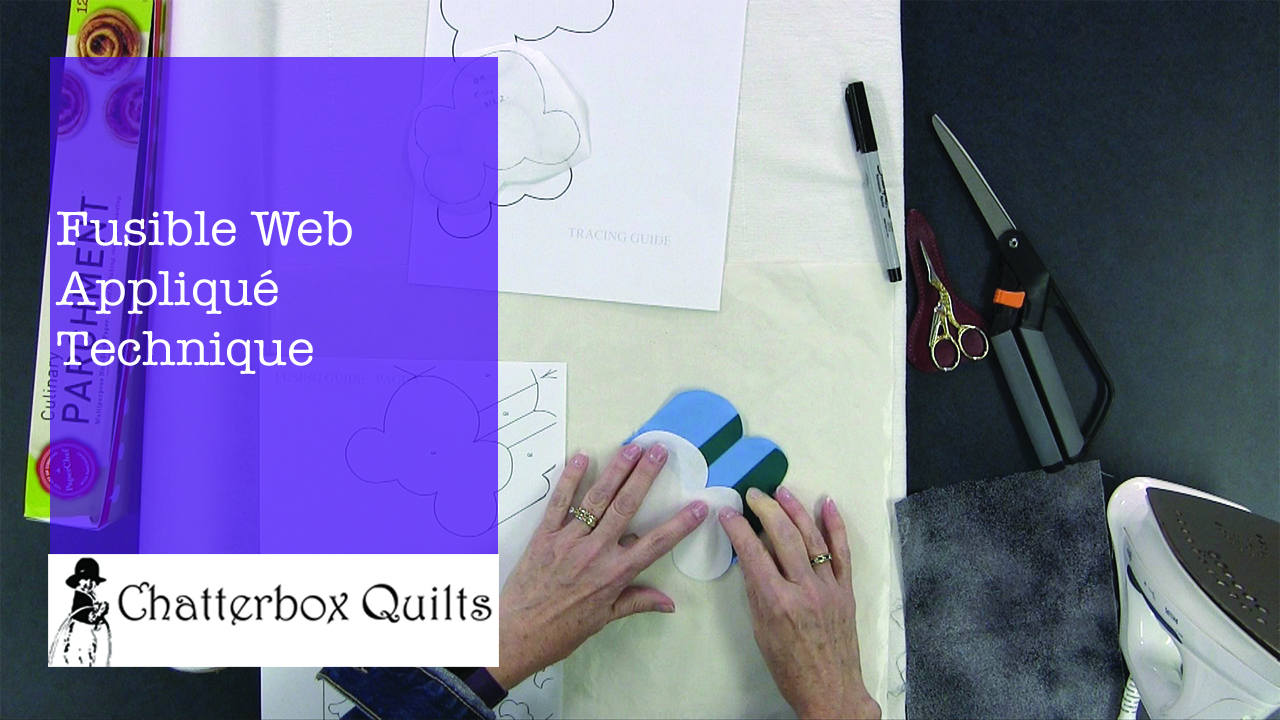I like to do fusible web appliqué or raw edge appliqué. It’s easy and fast, but the part I don’t like about it is quilting it. I don’t like having to work my way around the appliqués on the project. If you are doing a design such as crosshatching, having to stop and restart your quilting around the appliqué pieces can be quite time-consuming.
Why not quilt the background first and then add your appliqués to it? There are times when this method would work very well – and other situations where it might not be appropriate.
If you are doing a small, simple project, you may want to consider quilting it first then adding the appliqué. One consideration of quilting first and appliquéing later is that you will have to put the quilted project into your sewing machine to finish the edges of the appliqué pieces. If you are working on a small project, this shouldn’t be a problem.
If your project has embellishments, such as hand embroidery on it, this probably isn’t the best choice. The hand embroidery really needs to be done on an unquilted surface – it just isn’t as effective if you are embroidering over a quilted area as the two techniques will compete with one another and detract from the overall effect.
This method of quilting first and appliquéing second wouldn't work if you were wanting to accent the appliqué. In this situation, you usually densely quilt around the appliqué, pushing down the background fabric which allows the appliqué to pop. Obviously, the appliqué would have to be on the quilt already so you could quilt the background around it.
If you are making a big project, this method might work if you are using a quilt-as-you-go method. You’ll be quilting a section at a time and adding the appliqués a section at a time as well, so again, you won’t have a large quilt to maneuver through the throat of your sit-down sewing machine.
If you have a large project that is going to be all quilted first, this method probably isn’t your best choice either. Once you had quilted the sandwich, you would then have to add the appliqués and finish the edges which means working that large, quilted project through the machine throat. While this is difficult enough, you may find that the appliqués not yet stitched down may lift off as you move the quilt around.
If you want to try this method of quilting first and then adding your appliqué pieces, keep these situations in mind and choose the one that will work the best.
Click on the image below for more information on when it’s okay to quilt first and appliqué last.
Have you ever tried this technique? Leave me your thoughts in the Comments below.
Creatively,
Download the free Get Out of the Ditch! guide to learn how to start free motion quilting by clicking here.
P.S. Do you want to enhance your quilting and become the best quilter you can be? If you answered “yes” to this question, you need to join The Quilter’s Way. The Quilter’s Way is the only quilting membership site that includes both training and an active, supportive online community. Don’t wait another day! Join now.
P.P.S. Did you know that you can sign up to receive emails full of FREE quilting goodness? Click here to receive FREE content directly in your email inbox every few weeks from Chatterbox Quilts. I know you'll be glad you did!



